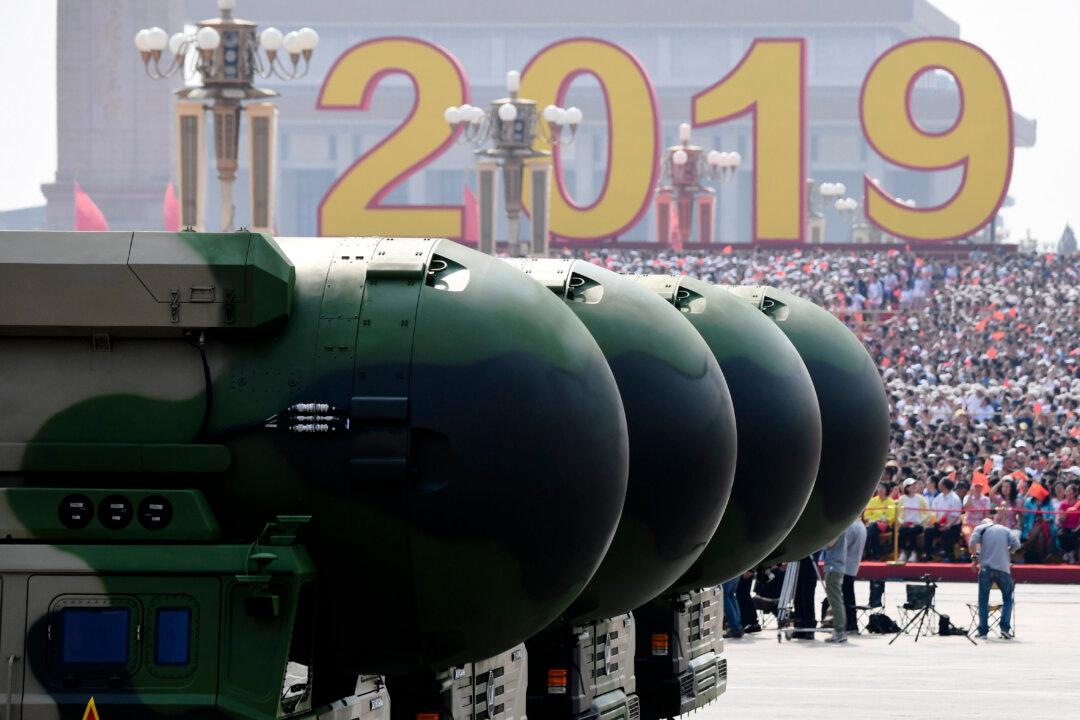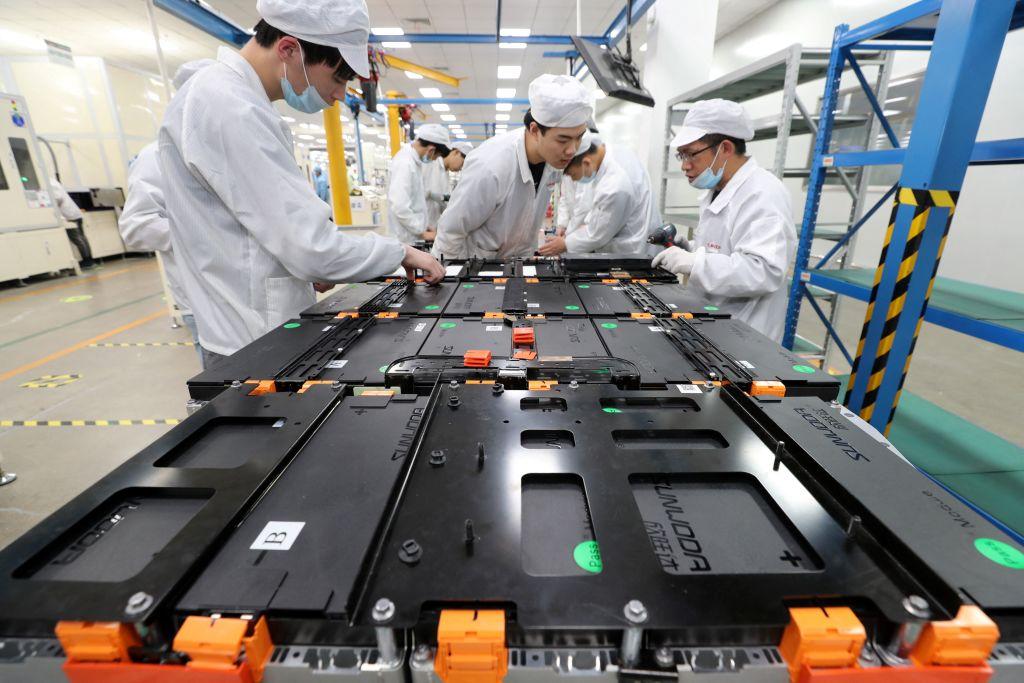For the last three years, the Chinese communist leadership has fought a bitter campaign against corruption in its ranks. Corruption, leaders say, could bring about the downfall of the Party and the nation. Few measures have been spared: detention and torture by the Party’s own secret police force, forced confessions on national television, expulsion from the Party, and the odium of peers are all among the consequences that wayward officials face.
And now there’s a new method: museums and exhibits with glass floors, tacky decorations, and flashing technicolor lights aimed to educate the cadre corps.
These centers are called “anti-corruption education bases.” They are being rolled out across the country in an effort to warn and indoctrinate the millions of Party members who are made to traipse through.
Clearly, great work has gone into the design. Sometimes, the disgraced officials featured in exhibits are personally known to visitors.
Zhou Liangluo, a district chief from Beijing who received a commuted death sentence in 2008 for taking bribes, is one of them. “Zhou’s former colleagues were very much moved when they saw his files,” staff said.
Designed for Trauma
At the anti-corruption base in Haidian District, Beijing, officials are walked through interactive, multimedia exhibits intended to make them sense the abject fate that awaits the corrupt.
The “base” was set up in the district’s Public Security Bureau detention center, and not by accident: the anti-corruption museums and exhibits are either built on or made to resemble prisons.



